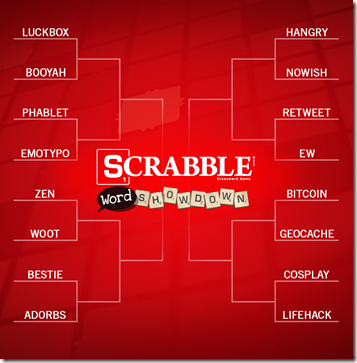There was an very interesting article in the April 28th edition of The New Yorker* on Paul Debevec, a computer scientist at USC’s Institute for Creative Technologies.
ICT gets involved in all sorts of creepy-cool simulated human digital tech:
The Virtual Patient Lab is creating dynamic virtual characters for interaction training using state-of-the-art graphics and motion capture technology
SimCoaches are web-based virtual humans designed to assist service members, veterans and their family members in accessing mental health support.
Ada and Grace, ICT's responsive virtual human museum guides help educate young visitors at the Boston Museum of Science.
I haven’t been over to the Museum of Science in years. Guess I’ll have to put that on my to-do list, just to check Ada and Grace out.
Anyway, ICT has teams with names like the Virtual Human Embodiment group, the Computational Emotions group, and:
…New Dimensions in Testimony, ICT collaboration with the USC Shoah Foundation and Conscience Display that is creating interactive 3-D projections of Holocaust survivors that can answer questions from students or museum visitors.
I don’t know how keen I am on all this computational emotions stuff. Will there come a point when we won’t be able to empathize or grapple with understanding the past if all we have access to is the written word, or old b&w films? That we’ll need holograms that we can ask questions of? I’m pretty sure my gut instinct is “ugh.”
With all the improvements in robotics, we’ve seen a lot of ways in which our Robby the Robot friends are going to be replacing humans.
But personally, I’m not all that wigged out by robots on the assembly line, robots dismantling bombs, robots fighting fires. After all, these robots are taking care of something that’s tedious and/or dangers. And these robots are robotic, not humanoid. Ditto iRobot’s Roomba which, clearly, no one will mistake for, say, their mother vacuuming the scatter rug next to their bed because, say, it’s 10 a.m. on a Saturday morning, and the person in that bed is a good-for-nothing teenager who should be up vacuuming, rather than lolling about in bed at 10 a.m. on a Saturday morning. (Not that I have any direct experience with this…)
But widespread deployment of digital virtual humans, of the kind we’ve seen in video games – or would see in video games, if we actually saw video games – or the obviously cartoonish “folks’” on some airlines videos that show us how to put on our oxygen masks, is starting to enter the completely creepy realm, especially since the technology is getting to the point where the digital will actually be able to pass for the human.
Some of those digital virtual humans – and this is a lot of what Debevec works on – are no longer the “dead-eyed and stiff” digital characters that have populated some films.
His scanning technology made it possible for Brad Pitt to age persuasively in “The Curious Case of Benjamin Button,” and has allowed spookily realistic stunt doubles to appear in scenes that are too dangerous for human beings.
How’s this going to work out?
When Hollywood goes fully virtual, will the Brad Pitts and Angelina Jolies still be able to sign huge contracts for the use of their visage and persona? And just provide the voice over? Or will the voice overs get digitized as well?
Or will filmmakers just start from scratch, assembling the perfectly beautiful (and perfectly character-actor looking) human being?
Why pay George Clooney or Cate Blanchett the big bucks when you can roll your own actor, create a virtual persona around them – tweets, Instagrams, interviews – and be done with it? No more diva outbursts, no more prima donna demands, no more actors showing up drunk and disorderly…No artistic temperament to deal with.
But, of course, given our thirst for learning all about the lifestyles and off-screen theatrics of actors, the virtual persona will have to go through sordid virtual divorces, crash their virtual Mercedes, enter virtual rehab, attack virtual paparazzi, have cute virtual babies, and do regular day to day things so that they can appear to be “just like us.”
Where would People Magazine be without actors?
And just think of holographic images walking the red carpet at the Academy Awards, in their virtual Versace gowns and Harry Winston jewels. Then giving their virtual acceptance speech, thanking their creator – which will take on a new meaning – and the virtual family and friends.
Some are arguing that the emergence of digital actors will be a good thing, that it will fully democratize filmmaking.
Maybe the Oscars will start going to Best Computational Emotions and Best Supporting Virtual Human Embodiment.
What – and who – is next?
--------------------------------------------------------------------------
*You need to be a subscriber to get fully at this article.






